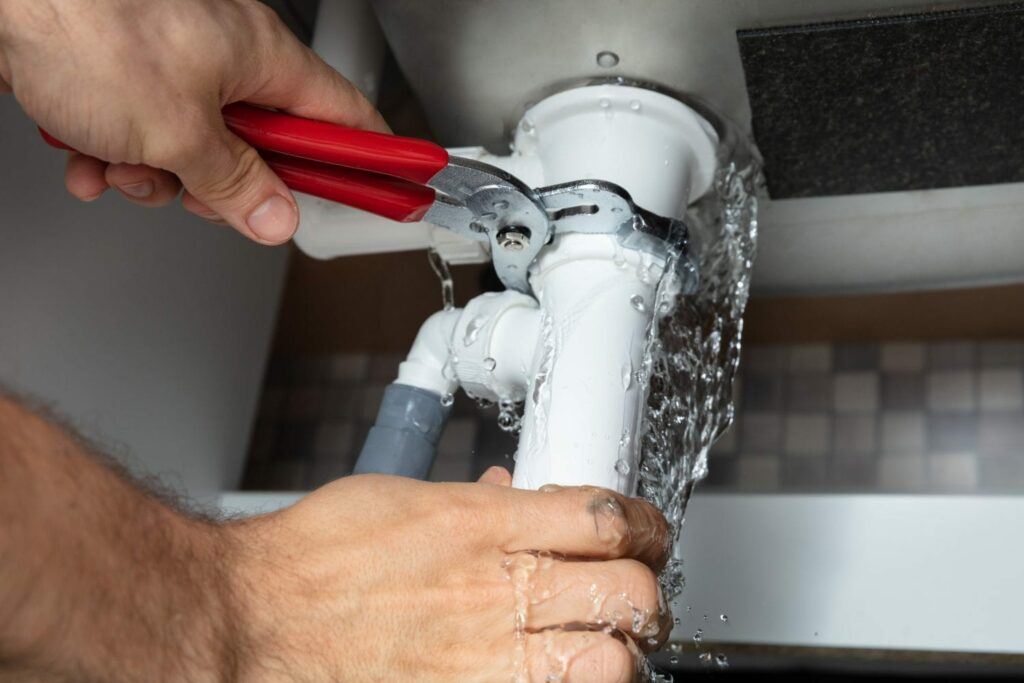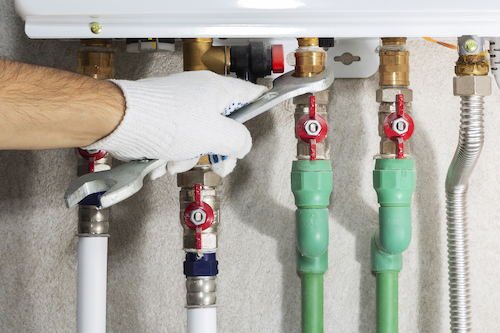Effective Steps For Deal With Water Damage From Leaking Pipeline Issues
Effective Steps For Deal With Water Damage From Leaking Pipeline Issues
Blog Article
We've noticed the article involving Water Damage Restoration Do s And Don t down the page on the internet and think it made sense to talk about it with you on this page.

What should you do if a pipes bursts in your house, producing a mini-waterfall and also flooding a location of your residence? In this scenario, you need to act quickly. The longer you wait, the more severe the water damage in your residential property. When an emergency such as this happens, clearheadedness is crucial. For these reasons, you require to learn what to in case of a burst pipes. Have a look at the following ideas below to help you act quick due to the fact that time is essential.
Turn off the Key Waterline Shutoff
Look for the regional shut-off shutoff to turn-off water in one specific location only. This will certainly reduce off the water in your whole home. Normally, the primary valve is located outside the house next to the water meter.
Call Water Damages Restoration Pros for Aid
After closing the water resource, call the pros for assistance. With their expert help, you can alleviate exacerbation due to the fact that water can permeate via your things resulting in warped walls, loose ceramic tiles, or damage structure.
Record the Damages For Insurance policy
As you are waiting on the pros to show up, record the damages caused by the wayward pipeline. Take images as well as video clips of every little thing. Do closeup shots of valuables. These things will work as proof for your house owner's insurance policy. Remaining aggressive with this permits you to file a claim for insurance coverage, which will certainly assist you and your household come back on your feet.
Recover Points That Can Be Conserved
When you're done taking images, browse the things as well as take out the most crucial ones from the pile. Dry them off and try to protect as high as you can. Drag them far from moisture so they can begin to dry.
Begin the Drying Refine
While waiting for the pros, you can start the drying process. Fortunately, water from your waterlines are clean so you don't need to bother with sewage system water. The moving water might have disturbed the dirt as well as particles in your rugs and floorboards. Be prepared with gloves as you use buckets to dump out the water. Blot out as a lot as you can with old towels. You can likewise switch on an electric follower or open windows to promote air circulation. This will accelerate drying out as well as hinder mold and mildew and mold growth.
Experts are the only ones qualified to deal with the burs pipes and also subsequent damage. And also remember, pipelines do not just unexpectedly ruptured. You will usually see red flags like bubbling paint, unusual sounds in the plumbing, moldy odor, caving ceiling, peeling off wallpaper, or water discolorations. Pay attention to these things, so you can nip any type of concerns in the bud.
What should you do if a water pipeline ruptureds in your residence, developing a mini-waterfall as well as swamping a location of your house? For these factors, you need to learn what to in case of a burst water pipeline. After shutting the water resource, call the pros for aid. With their specialist assistance, you can reduce exacerbation because water can permeate with your points resulting in deformed baseboards, loose ceramic tiles, or damages framework. Fortunately, water from your waterlines are tidy so you do not have to stress about sewer water.
BROKEN WATER PIPES: COST TO REPLACE & WAYS TO FIX A PIPE
CAUSES OF A BROKEN WATER PIPE
A water pipe can break for several reasons depending on the environment you live in, type of pipe, and circumstances.
The most common cause of broken pipes is freezing. If you live in a colder climate, this could happen. When water freezes it increases in volume by 9% and the pressure in the pipes can go from 40 psi to 40,000 psi. Clearly, this could be detrimental to the pipes. Water freezing causes quick expansion, which puts stress on the pipes and could lead them to crack or weaken. When water thaws, it will leak out the cracks. Other changes in water pressure can also cause breakage. Another common cause of broken water pipes is age.
Depending on the material, water pipes can last anywhere from 70-100 years. But the older they get, the more susceptible they are to weakening and corroding. Older pipes coming into contact with another material could speed up the corrosion process as well. PVC pipes can become brittle with age, while copper is prone to corrosion and stress over time. Something that could also potentially break water pipes is when they move. They may move from construction or the house settling. Moving can stress the fixed pipe which may lead to a leak or burst pipe.
HOW MUCH WATER COULD LEAK INTO YOUR HOUSE FROM A BROKEN PIPE?
The amount of water that leaks depend on how big the break in a pipe is. If it is just a minor crack, water will slowly leak out. This isn t as serious as a full broken pipe, but it can still cause significant damage to your home. Burst pipes can leak up to 10 gallons of water per minute. The amount of water leaked also depends on what appliance is involved. The water line to your refrigerator can leak to 1 gallon per minute depending on water pressure. One toilet supply line may leak 2-3 gallons a minute and a washing machine hose will leak up to 10-12 gallons per minute.
TURN THE WATER OFF
Doing this first is imperative; everything else can wait. You need to deactivate the water supply to stop the flow of water and prevent more water from leaking into your home. Shutting off the water could potentially save you thousands in water damage repairs. Locating the water shutoff valve depends on the climate you live in. For colder climates, the valves are usually inside, such as in the basement. For houses in milder weather, the shutoff valves will probably be outside either attached to an exterior wall or in an underground box with a removable lid.
OPEN A FAUCET
The next thing to do is to open a faucet or turn on a sink. This will relieve any remaining water pressure in the pipes and ensure a full-shut down.
GET RID OF THE WATER
The quicker you get rid of the water, the less water damage and mold there could be. Use a mop and a shop vacuum to help get clean up the water. Use towels to dry everything the best you can.
CUT AND REMOVE THE DAMAGED PIPE
Once you have shut off the water and drained the damaged water pipe, you can begin to fix the issue. Cut out the damaged section of the pipe with a pipe cutter, ensuring that you also cut one inch extra on each side of the damage. Once you get rid of the broken part of the pipe, you may begin repairs.
https://www.wmhendersoninc.com/blog/broken-water-pipes-cost-to-replace-ways-to-fix-a-pipe/

Do you enjoy reading up on The Do s And Don ts After Water Damage? Give a remark down the page. We would be glad to find out your thoughts about this page. We hope that you visit us again in the near future. For those who enjoyed reading our page if you please don't forget to share it. We love reading our article about Do s And Don ts For Homeowners Managing With Water Damage.
Maintain plumbing health; connect today. Report this page